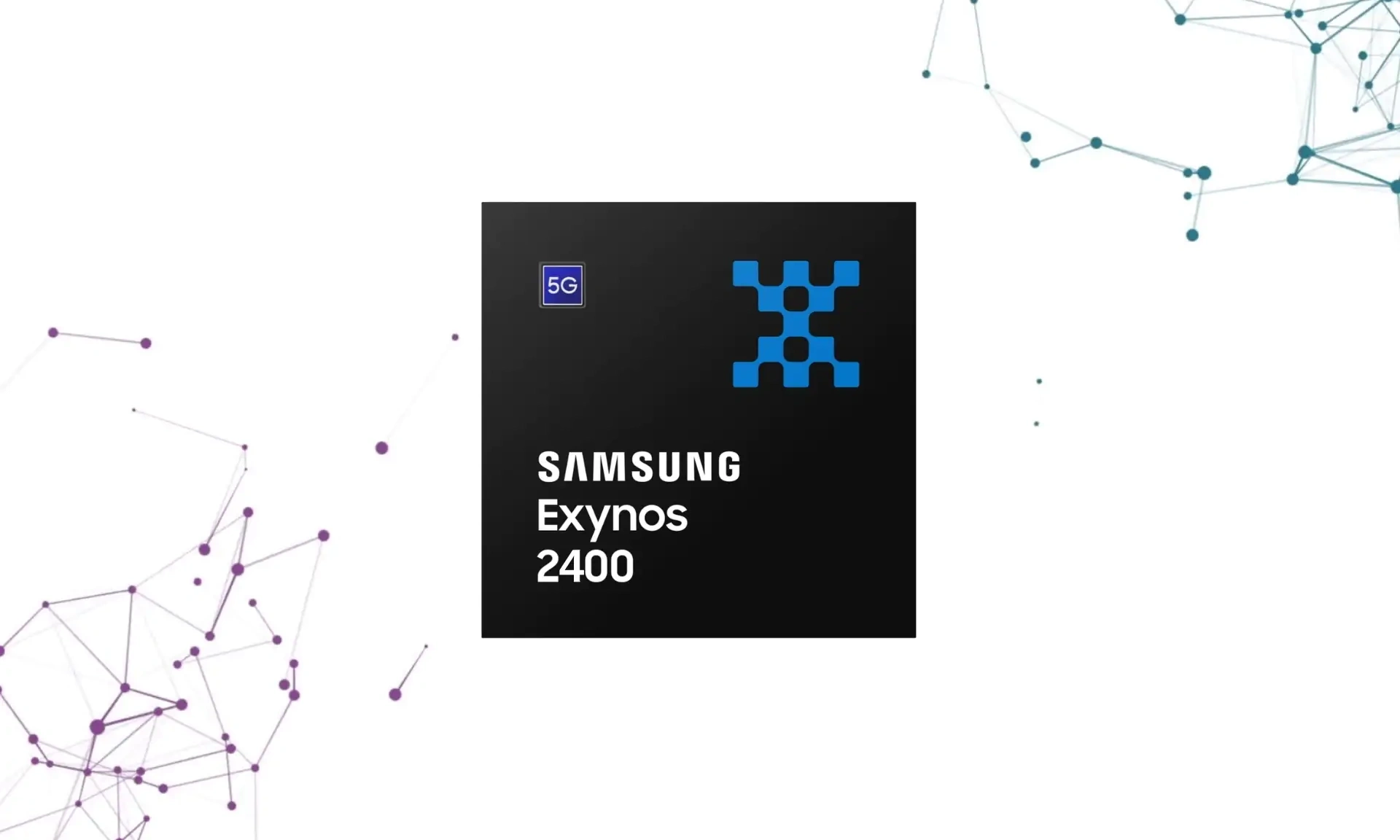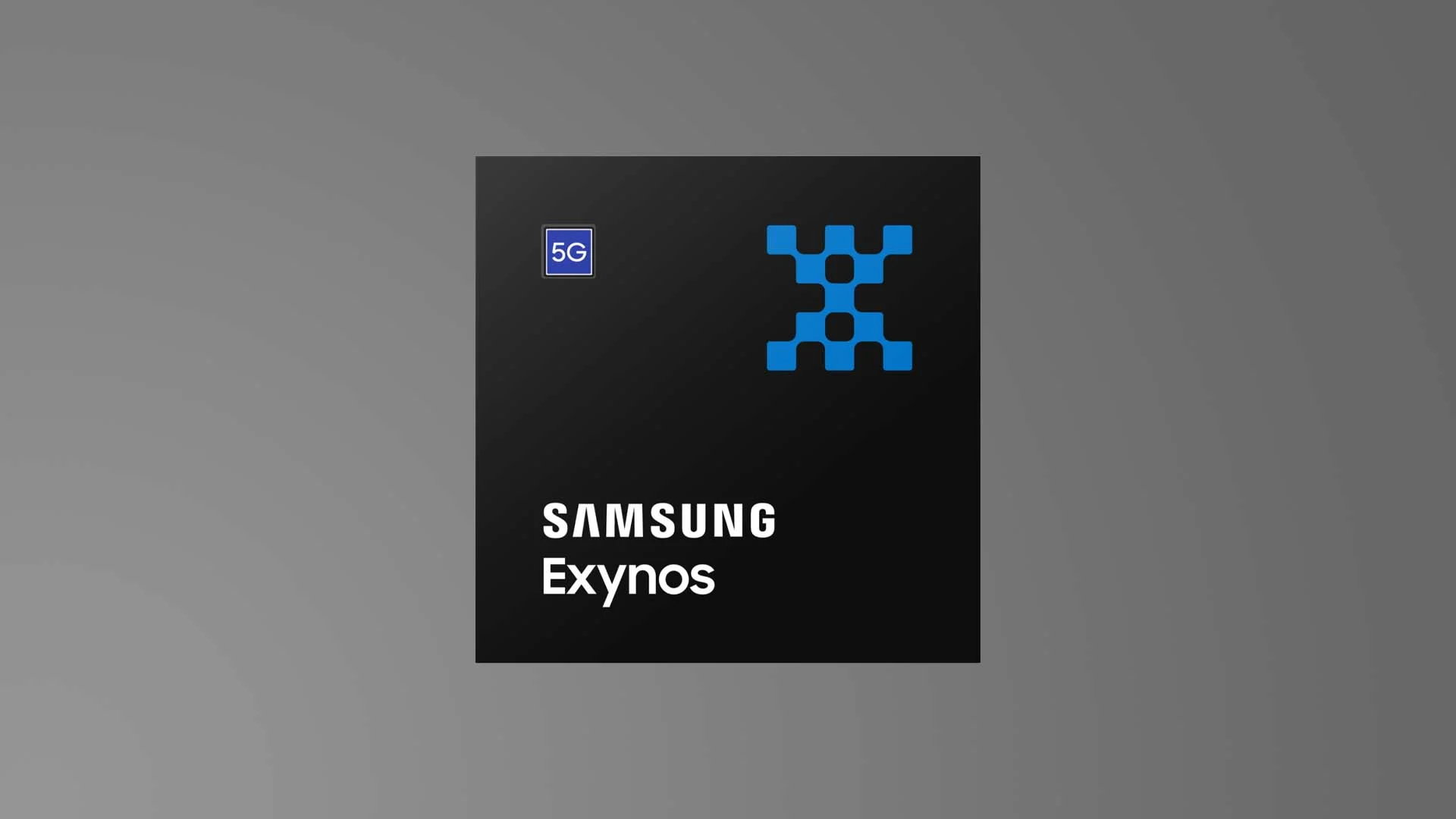Samsung
Samsung Exynos 2400 Chip Offers Massive Performance: Check Features

In terms of processor, the Exynos 2400 was highly expected to be released. The firm has officially introduced their newest high-end chipset, the Exynos 2400, for 2024, delivering several upgrades over the Exynos 2200. The new chip was announced during the company’s System LSI Tech Day event in San Jose, California, USA. Just like all of the firm’s recent semiconductor technologies and products, the Exynos 2400 also relies substantially on AI and generative AI.
The Exynos 2400 chipset is expected to power up the upcoming flagship Galaxy S24 series, which may most likely be introduced in the first half of next year.
How well does Exynos 2400 perform in terms of performance?
The Exynos 2400, according to Samsung, boasts 70% quicker CPU speed and 14.7 times more AI processing capacity than the Exynos 2200. In terms of GPUs, the new chip also has the Xclipse 940 GPU, which is based on AMD’s newest GPU architecture, RDNA3, and a recent leak indicated that the GPU contains six WGP (workgroup processors).
The Exynos 2400 CPU makes use of the Xclipse 940 graphics processing unit, which is part of Advanced Micro Devices’ newest chip design, codenamed RDNA 3. With the processor’s much expanded ray tracing capacity, the business hopes to create a more realistic and immersive gaming experience by using a variety of optical effects such as global lighting, reflection, and shadow rendering.
Other revelations from the event:
Narrowband Internet of Things (NB-IoT)-ready next-generation 5G modem; a new vision sensor brand, the ISOCELL Vizion; and a Smart Health processor were also introduced during the event. The firm included a video demo of NB-IoT NTN satellite communication in partnership with Skylo Technologies, utilizing Samsung’s next-gen modem to demonstrate its competence in cellular and connection technologies. The Exynos Auto V920, Samsung’s newest car CPU expected for general production in 2025, was seen running many applications across several screens.
Meanwhile, a video showcasing the ISOCELL Auto 1H1 image sensor showcased its 120Hz HDR and improved LED flicker mitigation (LFM) performance, which ensures safer driving. A live demonstration of wireless lighting management with Exynos Connect U100, the company’s ultra-wideband (UWB) technology, was also given. Samsung’s Zoom Anywhere technology, based on its 200-million-pixel image sensor, was also unveiled for the first time. This sensor advancement will offer a whole new camera zoom experience, allowing mobile users to capture up to 4x close-ups of moving objects without sacrificing image quality.
Other than these, the firm also introduced:
- 200 MP ultra-high-resolution image sensor
- The ISOCELL HP2
- an advanced driver assistance (ADAS) and autonomous driving (AD) camera solution
- ISOCELL Auto 1H1
- wireless-charging power management IC (PMIC)
- Quantum-dot (QD) OLED display driver IC (DDI)
- IoT security solutions
Yong-In Park, President and Head of System LSI Business at Samsung Electronics, added, “Generative AI has quickly emerged as perhaps the most significant trend of the year, demanding more powerful foundational technologies to process data and bring AI to life. We are paving the path toward a new era of proactive AI, leveraging our Samsung System LSI Humanoid platform, which seamlessly converges our capabilities across a broad spectrum of logic semiconductors, from powerful computational IPs and connectivity solutions to sensors emulating the main five human senses.”
Samsung
Circle to Search Feature Could Be Arriving To Galaxy Book Laptops

Samsung debuted the ‘Circle to Search by Google’ feature on the Galaxy S24 series as part of the Galaxy AI package. It has been a couple of months since the debut of the ‘Circle to Search’ feature, which is still a hot topic in the tech industry. Now this feature is expected to arrive on Galaxy Book and Galaxy Chromebook laptops and PCs.
Samsung exclusively launched the Circle to Search feature on the Galaxy S24 series, then expanded it to more Galaxy devices, including the Galaxy S23, Galaxy S22, and other phones, along with the One UI 6.1 update. Now Google is setting up to bring it to the Chrome web browser on desktop operating systems; somewhere, this points out the probability that it could come to the Galaxy Book, Galaxy Chromebook laptops, and PCs.
At the moment, Google Chrome for desktop features Google Lens to search for text and images on the screen engine. Google seems to be working on the Circle to Search-like UI for the web browser. This is being speculated by a post on X shared by a tipster (via SamMobile) who mentioned that the new Lens UI in Chrome now has a new animation that appears like a familiar feature, ‘Circle to Search’, given that it is expected that this feature will be in Chrome’s version of “Circle to Search.”
While clicking the Google Lens extension, a Circle to Search-like UI will appear, and then you can click and drag using the mouse pointer to draw around the text or image you want to search on the screen. After circling the content you want to search for on the screen, the selected part will be highlighted in a rounded rectangular shape.
Samsung
Samsung Being Setting Up For 3nm-Based Exynos 2500 Chipset

The Korean brand ‘Samsung’ is gearing up to begin the mass production of their next-generation phone chipset using a cutting-edge 3nm manufacturing process.
Samsung, in collaboration with Synopsys, a design automation company, has successfully taped out the high-end mobile SoC. This chipset will be built using a cutting-edge 3nm process with ‘gate-all-around’ (GAA) technology; this is the first time Samsung has used this process for a mobile processor.
Initially, Samsung began GAA-based 3-nm mass production in June 2022 and registered its name as the first giant to use this process in the industry. This will be the brand’s first-time mass-producing mobile APs using the 3-nm GAA process. The mobile AP that was mass-produced is presumed to be the “Exynos 2500.”
We already reported that the Galaxy S25 Ultra is rumored to use the Exynos 2500 chipset. Now again, the new report says that, designed by Samsung’s System LSI division, the Exynos 2500 is expected to power the forthcoming flagship Galaxy S25 smartphone model. It is reported that the Exynos 2500 will be a mass-producer by the end of this year using the second-generation 3-nm process, which is Samsung’s leading-edge technology.
Previously, the Korean giant reintroduced Exynos chipsets to the Galaxy S24 series for the very first time in two years. Samsung’s Galaxy S22 series debuted in 2022 and arrived with the Exynos 2200, but unfortunately experienced low performance and overheating issues. After the failure of the Exynos 2200, the giant subsequent Exynos 2300 project was abruptly canceled, and the entire Galaxy S23 series was equipped with Qualcomm’s Snapdragon 8 Gen 2.
Although Samsung introduced its Exynos 2400 and attached it to the newly launched Galaxy S24 base and Plus variants.
Follow Sam Lover on Your Favorite Social Media Platforms
Samsung
Samsung-IBM Partnership Simplifies Mobile Security Management

Samsung announced its plan in the expansion of its plan to re-imagine mobile device security for business customers in collaboration with IBM.
The Korean brand ‘Samsung’ and IBM are partnering to enhance mobile security for businesses. Samsung Knox data integrated with IBM’s QRadar security system offers security teams a central view of mobile threats across the organization. Security analysts can identify and respond to smartphone threats quickly.
It seems that this new partnership runs more securely and without compromising user privacy. Increasingly, organizations’ IT and security teams are seeking to adopt a zero-trust framework. Samsung Knox offers SOCs with differentiated capabilities to ensure centralized visibility into mobile devices and their vulnerabilities and access to on-device danger detection to alert security observers early in the attack chain.
Typically, security struggles with random data from different gadgets, making danger detection and response difficult. Samsung and IBM are collaborating to merge Samsung Knox with IBM’s QRadar security system, which will surely enhance and add an extra layer of security. Security teams have the power to see threats across all Galaxy devices in one place. This new collaboration will enhance visibility and help organizations prevent security issues before they happen.
The Senior Vice President and General Manager of Mobile B2B, Samsung Electronics America, Brad Haczynski, stated that “Samsung Knox has been consistently recognized as the industry’s leading mobile device security platform* due to our comprehensive approach to protecting devices at the hardware and software levels. Working with IBM, we are excited to extend the power of the platform to SOCs to address the increasingly complex threats organizations are facing today.”












